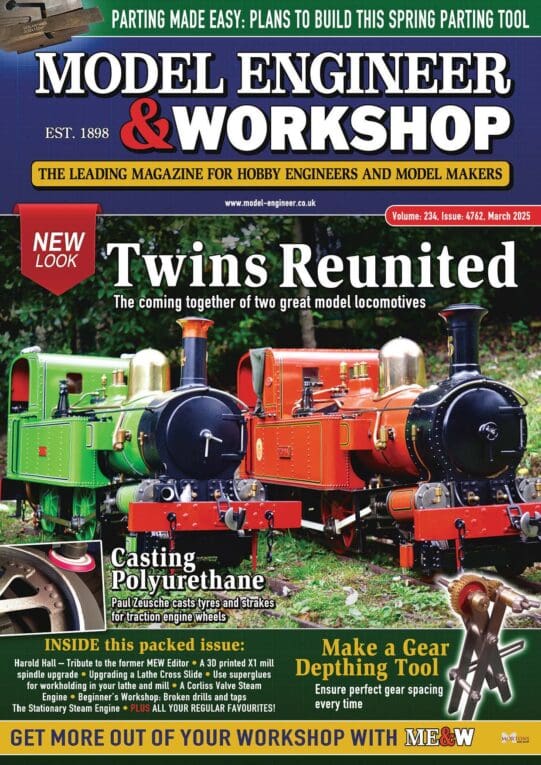Mine is still on the rubber feet. these are on top of 2 layers of 1" ply about 3 inches wide.
Nothing is bolted or screwed to any of its neighbours.
The reason for raising it was to fit a hozelock fitting to the RH front to drain suds back to the 1 gallon bottle sump.
It also provides useful space for tool trays underneath.
It all stands on a Halfords metal bench with a 1" dense chipboard top. The chipbaord was soak coated with an oil based air drying Ikea finish to stop the suds ruining it.
The bench top was leveled up before the lathe was put on top. I then checked the bed ways with a spirit level and it was near enough for me.
I have had no problems with this set up and get accurate results for what I do.
I just made some phosphor bronze bushes for an up and over garage door to within 0.02 mm
I have more problem reading the scales to get to size than I do with the accuracy of the machine.
The scales read depth of cut so you have to x 2 for diameter reduction. I now use a dry wipe board to work out diameter reduction dived by 2 to get the divisions feed required.
Hope that helps.
Regards Clive
Edited By Clive Farrar on 22/01/2015 18:38:46
Bill Pudney.





